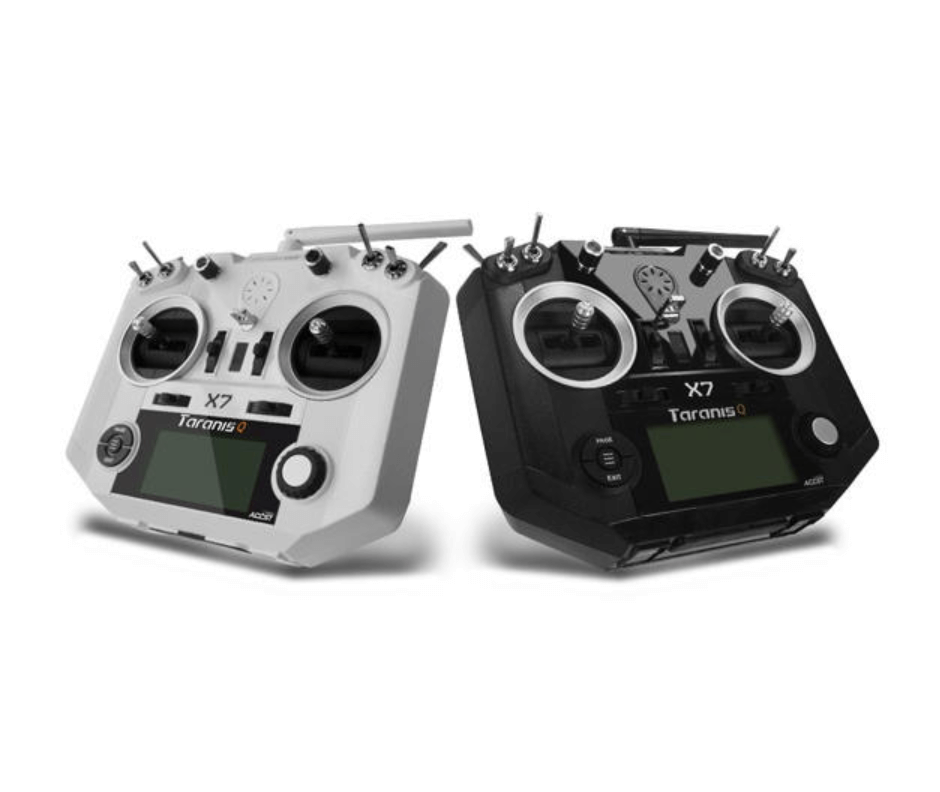The drone transmitter is a crucial component of the flying robot. While drones typically operate in the range of 900 MHz to 5.8 GHz, there are several other frequencies to consider. Each has its own properties. Higher frequencies are suitable for transmitting substantial data like video. Lower frequencies are better suited for smaller drones that require a higher level of range. Aside from being more compact, these devices are also easier to use in the field.
A drone transmitter needs to be comfortable to use, and this depends on the user's preference. For example, users with large hands may need a transmitter shaped to fit their hands. For those who have smaller hands, a larger controller may be more suitable. Other users prefer a heavier and more responsive transmitter. But the primary concern is whether the drone transmitter is lightweight or heavy. This will make the experience much more enjoyable. If you have bigger, bulkier or smaller fingers, you may find that a lightweight controller is more convenient.
Another important consideration for drones is the frequency band. While most radios cover the same band, DSMX covers a wide band of frequencies. This reduces the chances of interference from other drones. In addition to this, a DSMX-compatible drone transmitter has a very customizable operating system. If you have a PC, the accompanying software makes it easier to set up configurations and assign channels. This is the best option for beginners of the hobby.

A drone transmitter is essential for piloting a quadcopter or other type of flying device. The first one that you choose should work with the model of quadcopter you're using. There are transmitters available in a variety of frequencies, including 2.4 GHz and 5 Ghz. The frequency doesn't affect the amount of information that can be transmitted. It also does not affect the range of the radio waves. However, a 2.4 GHz transmitter can transmit up to 1.5 km, while a 433 mHz unit can travel 72 mHz.
A high-quality drone transmitter will have an easy-to-operate control interface. It will be easy to use and has great sensitivity. It should also be easy to pair with other equipment, which will increase safety. It should be able to communicate with other devices of the same brand. This feature is especially important for those who are just starting out in the hobby of drone flying. They want to know which type of radio is best suited to their needs.
Moreover, a good drone transmitter will save the flight data of their drone. This is an essential part of the controller, as it will allow you to see the drone's location and control the drone. Once you've captured all the videos and photographs of your drone, you can share them on social media and even email them to friends. You can also download the video to your computer and watch it when you're on the go. While this is a great way to share videos with others, it can be difficult to keep a camera and controller at home.